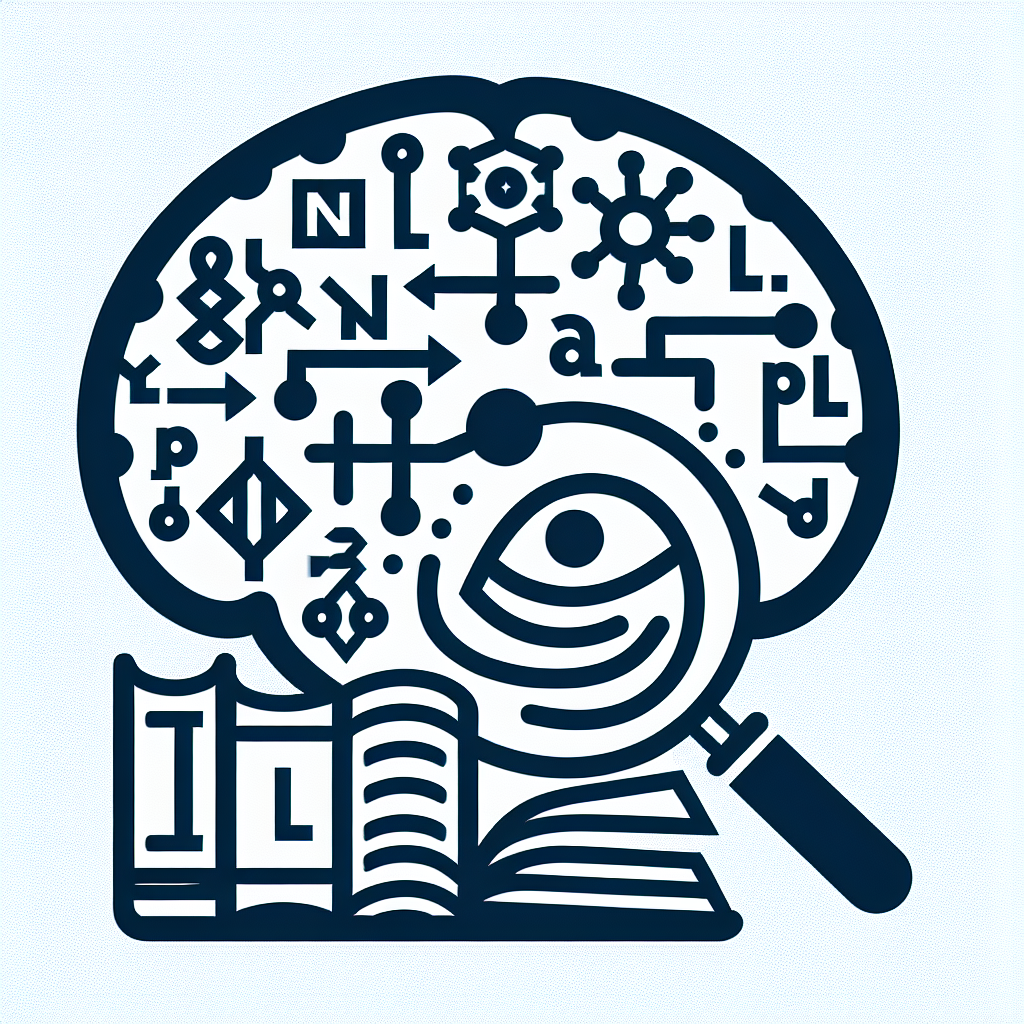Natural Language Processing (NLP) is a subfield of artificial intelligence that focuses on the interaction between computers and humans using natural language. NLP allows computers to understand, interpret, and generate human language in a way that is valuable for a variety of applications, including text analysis.
Text analysis involves extracting meaningful information from text documents, such as sentiment analysis, topic modeling, and information extraction. NLP plays a key role in text analysis by enabling computers to process and analyze text data efficiently and accurately.
There are several key components of NLP that are essential for text analysis:
1. Tokenization: Tokenization is the process of breaking down text into individual words or tokens. This allows computers to analyze the text at a more granular level and extract meaningful information from it.
2. Part-of-speech tagging: Part-of-speech tagging involves identifying the grammatical parts of speech of each word in a sentence. This information is valuable for tasks such as sentiment analysis and information extraction.
3. Named entity recognition: Named entity recognition involves identifying and classifying named entities in text, such as names of people, organizations, and locations. This is important for tasks such as information extraction and entity linking.
4. Sentiment analysis: Sentiment analysis involves determining the sentiment or emotion expressed in a piece of text. NLP techniques such as text classification and natural language understanding are used to analyze the sentiment of text data.
5. Topic modeling: Topic modeling involves identifying the main topics or themes in a collection of text documents. NLP techniques such as clustering and latent Dirichlet allocation (LDA) are used to extract topics from text data.
6. Information extraction: Information extraction involves extracting structured information from unstructured text data. NLP techniques such as named entity recognition and relation extraction are used to extract information from text documents.
Overall, NLP plays a crucial role in text analysis by enabling computers to process and analyze text data in a way that is valuable for a variety of applications. NLP techniques are constantly evolving and improving, making text analysis more accurate and efficient.
Frequently Asked Questions (FAQs):
1. What are the applications of NLP in text analysis?
NLP has a wide range of applications in text analysis, including sentiment analysis, topic modeling, information extraction, text classification, and machine translation. NLP techniques are used in various industries, such as healthcare, finance, marketing, and customer service.
2. How does NLP help improve text analysis accuracy?
NLP techniques such as part-of-speech tagging, named entity recognition, and sentiment analysis help improve text analysis accuracy by enabling computers to process and analyze text data at a more granular level. These techniques help computers understand the context and meaning of text data, leading to more accurate analysis results.
3. What are some challenges of using NLP in text analysis?
Some challenges of using NLP in text analysis include dealing with noisy and unstructured text data, handling ambiguity and sarcasm in text, and ensuring the privacy and security of text data. NLP techniques are constantly being developed and improved to address these challenges and improve the accuracy and efficiency of text analysis.
4. How can businesses benefit from using NLP in text analysis?
Businesses can benefit from using NLP in text analysis by gaining valuable insights from text data, improving customer service and engagement, automating repetitive tasks, and making data-driven decisions. NLP techniques can help businesses analyze large volumes of text data quickly and accurately, leading to improved business outcomes.
In conclusion, NLP plays a crucial role in text analysis by enabling computers to process and analyze text data efficiently and accurately. NLP techniques such as tokenization, part-of-speech tagging, named entity recognition, sentiment analysis, topic modeling, and information extraction are essential for extracting meaningful information from text documents. Businesses can benefit from using NLP in text analysis to gain valuable insights, improve customer service, automate tasks, and make data-driven decisions. NLP techniques are constantly evolving and improving, making text analysis more accurate and efficient.

